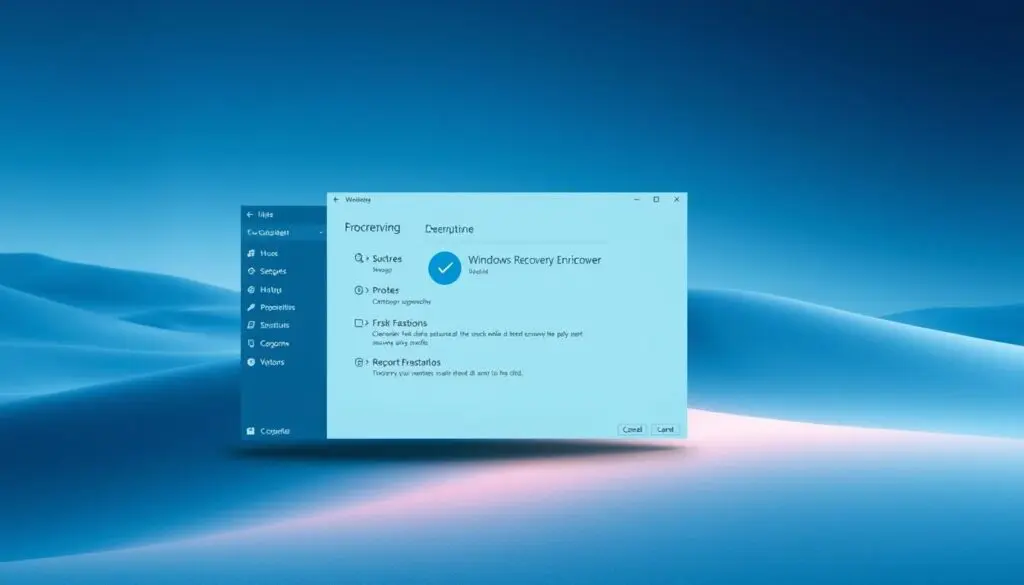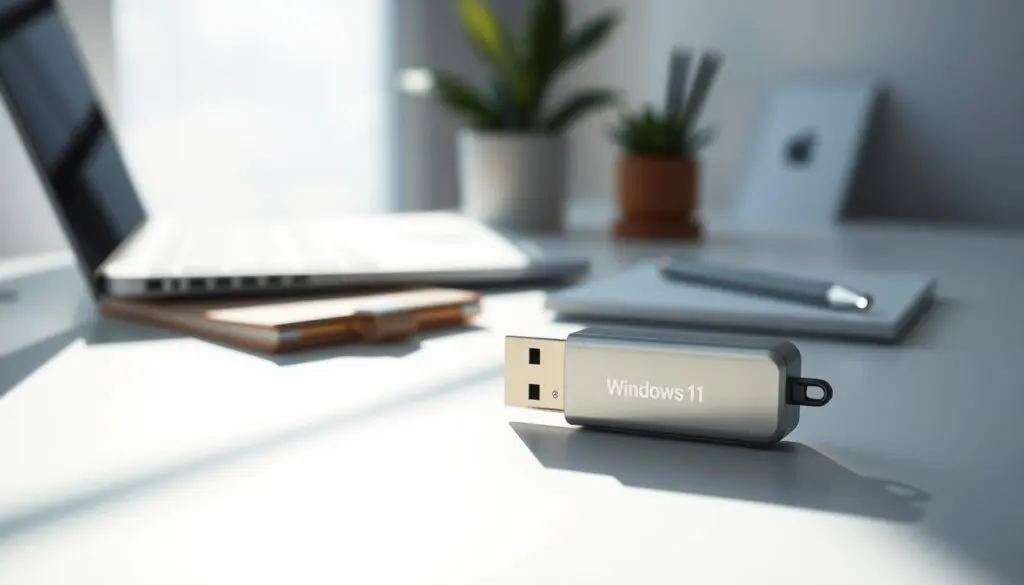Fact: 100% of affected recovery environments lost USB input after the October security release, leaving many teams unable to use restore tools.
We understand how disruptive that can be. KB5070773 was rushed out to reverse a flaw that broke USB keyboard and mouse input in the Windows Recovery Environment (WinRE).
Microsoft confirms the patch installs automatically through windows update, moving 25H2 to Build 26200.6901 and 24H2 to 26100.6901. That matters for audits and fleet reporting.
Why this matters: without working input, technicians cannot pick restore or repair actions during incidents. We outline what changed, why the patch was urgent, and the quick checks teams should run on pcs and peripherals.
Our approach is reassurance-first. The patch reduces downtime risk, is safe to deploy, and requires no special tooling. We translate the tech details into clear steps your help desk can use.
Key Takeaways
- KB5070773 restores USB keyboard and mouse access in WinRE, fixing the prior problem.
- Install is automatic via windows update; verify builds 26200.6901 (25H2) or 26100.6901 (24H2).
- The issue blocked recovery tools, creating real business continuity risk.
- We recommend quick verification steps for pcs and users after deployment.
- Patch rollout is standardized and safe; communicate status to stakeholders promptly.
Emergency Update For Windows 11: What KB5070773 Fixes and Why It Matters
A targeted patch from Microsoft restores USB input where it mattered most: the recovery console.
KB5070773 is an out-of-band cumulative update that bundles the October fixes and adds a specific repair for WinRE USB input loss.
Who is affected are organizations running 24H2 and 25H2 builds and environments that manage Windows Server 2025 systems. After installation, 25H2 reports Build 26200.6901 and 24H2 reports Build 26100.6901.
“After installing October 2025 security update (KB5066835), USB devices, such as keyboards and mice, do not function in the Windows Recovery Environment (WinRE). This issue prevents navigation of any of the recovery options within WinRE.”
- The band patch restores keyboard and mouse behavior in the recovery console so technicians can choose diagnostics or restore paths.
- The fix preserves the original security hardening while reducing regression risk.
- Post-install, verify the build numbers to confirm the patch reached affected users and devices.
| Platform | Pre-patch symptom | Post-patch build |
|---|---|---|
| Windows 11 25H2 | USB input fails within WinRE | 26200.6901 |
| Windows 11 24H2 | USB input fails within WinRE | 26100.6901 |
| Windows Server 2025 | Same underlying input behavior | Applies via cumulative patching |
Scope of the issue, related Windows updates, and security context
October’s security roll brought an unexpected service disruption that hit recovery tools across many fleets.
Origin
Origin: October 14, 2025 security update KB5066835 broke USB input in the windows recovery environment
We trace the root cause to KB5066835 released on October 14. That update stopped USB keyboards and mice from working inside the recovery console.

Related problems: smart card/CSP failures in 32-bit apps and Microsoft’s registry guidance
Some environments also saw smart card and CSP errors in 32‑bit applications. Microsoft says a temporary workaround sets the DisableCapiOverrideForRSA registry key to 0.
We caution that registry edits carry risk. Apply changes only under change control and after full backups and testing.
Additional emergency patch: WSUS RCE (CVE-2025-59287) and legacy serialization risk
- The WSUS flaw allowed remote code execution from deserialization of untrusted data.
- Exploit complexity was low and could propagate between servers.
- Given WSUS is deprecated, we advise reassessing its role and moving to supported update orchestration.
“Document which fixes and mitigations you applied, and keep a single source of truth for audits.”
How Canadian users can download and install the update—and what to do if Windows won’t boot
If your Canadian fleet struggles with boot or input issues, here are the practical steps to get systems back to service. We focus on clear checks and low-risk recovery options you can run now.

Automatic and manual install paths
KB5070773 installs automatically through windows update for most tenants. Still, we recommend spot-checking critical pcs.
To check manually: go to Settings > Windows Update > Check for updates, then approve the cumulative patch and schedule a reboot.
If the device won’t enter the OS
Try the touchscreen virtual keyboard to navigate recovery options.
If available, plug a PS/2 keyboard or mouse into a PS/2 port to regain control within the recovery environment.
Booting from a previously created USB recovery drive provides a direct path into WinRE and typically restores USB input for standard recovery steps.
Enterprise and OEM options
- Use PXE with Microsoft Configuration Manager for network-based provisioning.
- Standardize push-button reset with the Windows ADK and the WinPE add-on.
- Document which method worked and update your CMDB for audited traceability.
| Scenario | Quick action | Best fit |
|---|---|---|
| Devices patched via update | Verify build and reboot | Finance, exec PCs |
| Cannot enter OS | Touch keyboard or PS/2 | Deskside recovery |
| Large fleet or OEM images | PXE / WinPE deployment | Enterprise scale |
Conclusion
, This patch restores critical recovery paths and reduces the chance of service disruption during a boot incident. KB5070773 resolves the WinRE input failure introduced by KB5066835 and arrives automatically via Windows Update, moving 25H2 to build 26200.6901 and 24H2 to 26100.6901.
We recommend completing deployment across 24H2 and 25H2 estates and validating that recovery options work on priority pcs. Use simple checks: confirm keyboard and mouse input inside the recovery environment and document any anomalies.
Keep a prebuilt recovery drive and test touch or PS/2 fallbacks. For Canadian teams, update your change log, run a brief tabletop drill, and contact us if you need help planning or validating the fix.
